25 minutes with Wolfgang Tillmans

Before Paris’ Centre Pompidou shuts down for five years to be renovated, the German artist/photographer is putting on a career-spanning exhibition there – and it’s a sprawling, mind-bending affair.
Culture
Words: Sarah Moroz
Wolfgang Tillmans is sitting on the second floor of the Centre Pompidou’s mostly emptied public library space in Paris, where he’s exhibiting a vast array of photographic and video work, as well as his personal archives, before the museum closes for five years of renovation.
“There’s no timeline here,” the German photographer says, “and I’ve not tried to emulate the library system of classification, but my love for books and paper is [present] throughout.” For Tillmans, showing at the Pompidou is special not only because it’s the last show before the venue’s closure, but because the building has been an inspiration to him since his early teens. “Visiting the Pompidou for the first time was a moment of awakening, [coming] from a small town in North Rhine-Westphalia, like a realisation of what is possible – what culture can do, how exciting it can be.”
The exhibition, on view until 22nd September, is called Nothing could have prepared us – Everything could have prepared us, a title that came to the artist back in 2023. “It seemed like a thought of great clarity,” he says. “It encapsulates a feeling of the now, this state of being suspended between my own desire to want to plan, to do better, to be prepared in my own personal life, and on the other hand, a realisation that things always turn out differently than I expected. We cannot control everything.”
It incorporates the photographer’s spontaneity and critical eye, which Tillmans is showcasing here across some 40 years’ worth of output. At the entrance of the show, a large photograph of a tropical rainstorm neighbours an image of Filipina housemates playing cards on a Sunday afternoon in central Hong Kong. Elsewhere, there are recreations of his own bookshelf, with iconic queer titles by James Baldwin, Edmund White, and Dennis Cooper. There’s also a room filled with photocopiers – a tool Tillmans loves and uses frequently – remaining from when the library was still in use. Visitors are invited to make their own photocopies on site.
His mise-en-scène is particularly impressive. The library space is the only one in the museum that has very few walls, per the way Renzo Piano and Richard Rogers designed the architecture. “It created a huge challenge for somebody whose [exhibitions] are mainly wall-based,” Tillmans says, but it inspired him to get creative and spread out his material across tables.
I sat and chatted with Tillmans in the shadow of a 35-minute work-in-progress film, Time Flows All Over, which premiered last year in Berlin, featuring music that he made and field recordings. Is there anything the man can’t do?

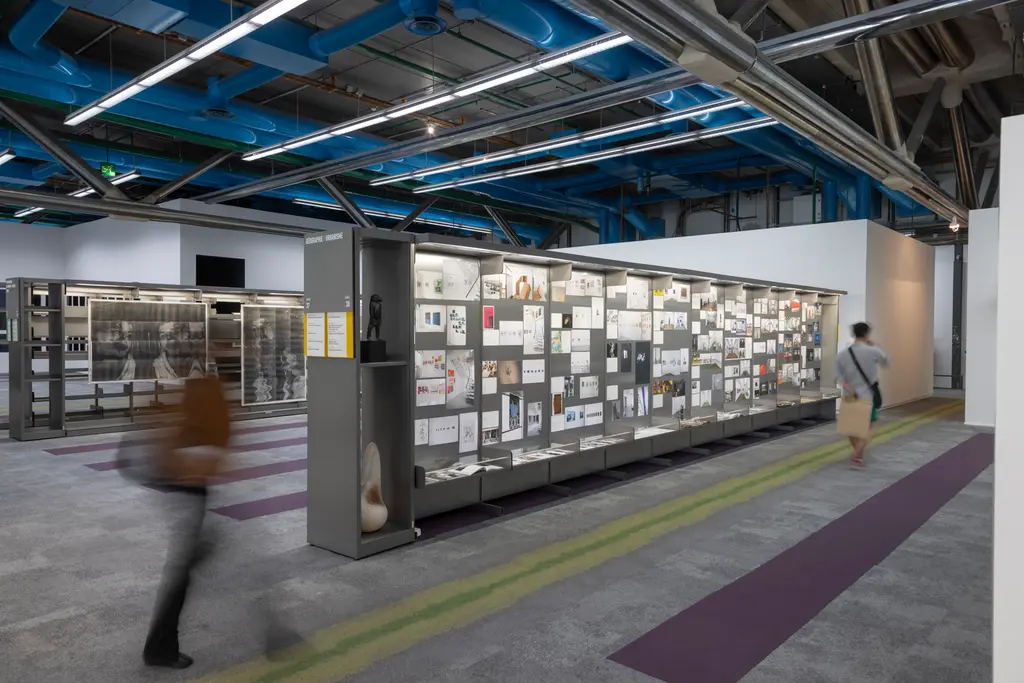
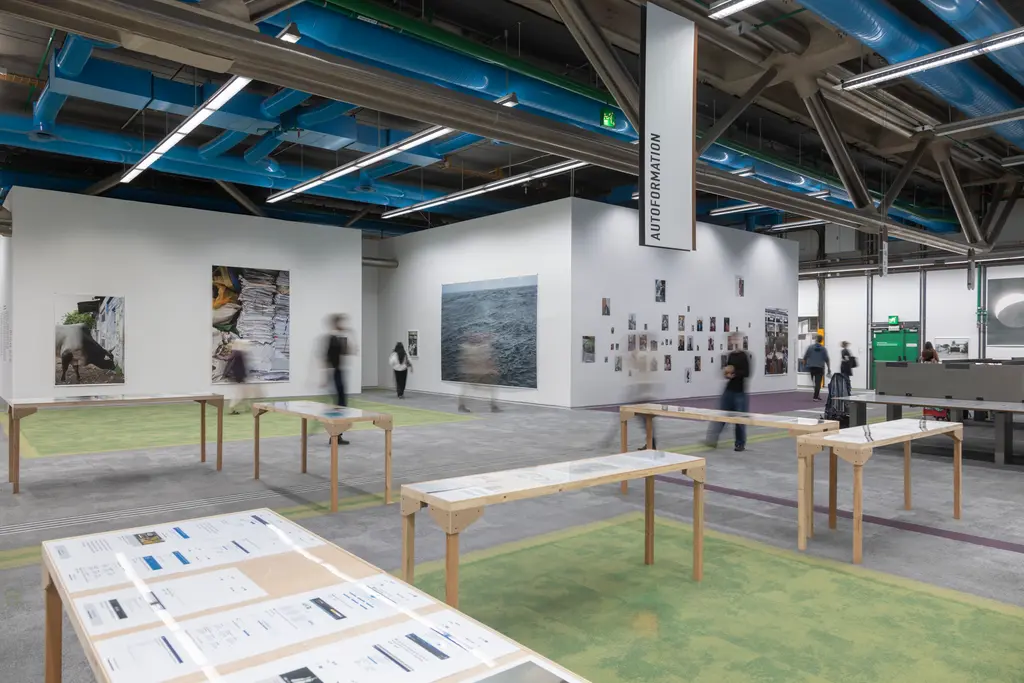
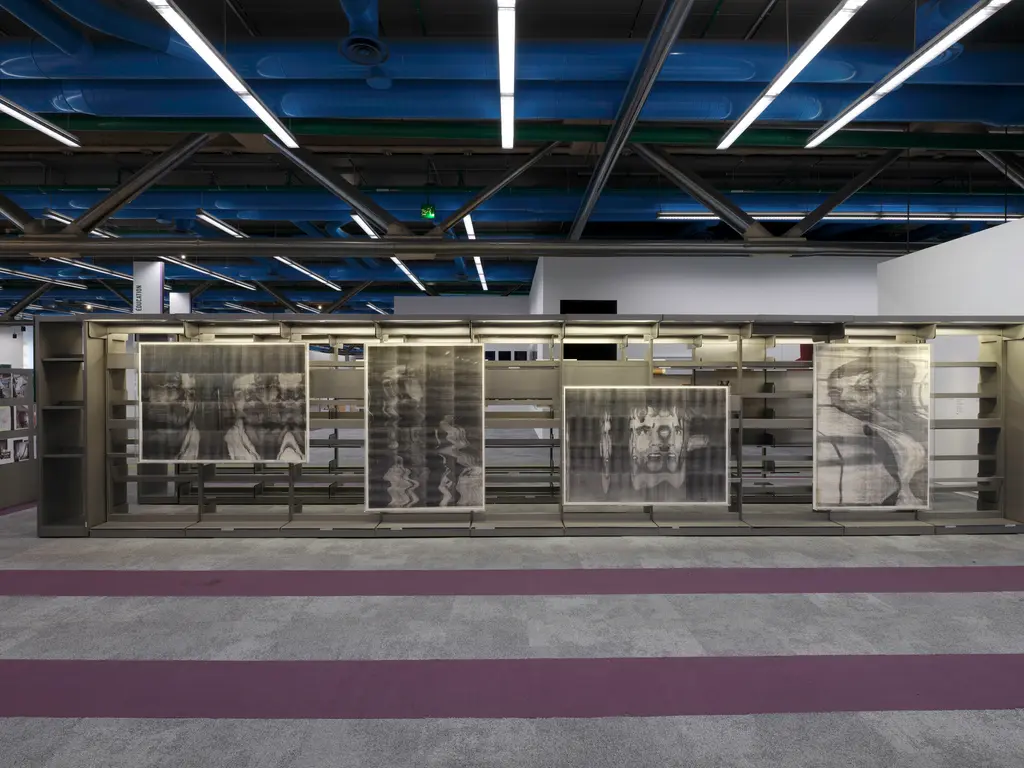
During your introductory speech for the exhibition, you said: “I’ve observed that my work has weathered well over the last 10 years of accelerated picture flow and production” and that “photographs are language now”. Could you expand on what that means?
People send each other photos without words, just a picture. One could say it was the same as when you picked a postcard [to send]: you picked one out of a stand with 50 in them. So it’s actually nothing new. That’s the key that we should all remember when we’re discussing AI or when we’re discussing cultural developments – that they are, on the one hand, constantly new, and on the other hand, only a version of what has been there before. A thought that is embedded in an object is something that is as old as people are. I find myself often thinking this is a new thought, only to realise I actually thought it already 10 years ago.
Even though photographs have long been a language, I’m not sure whether literacy is better or worse today. The way we interpret them is more potent and more confounding.
Yes. I think it’s interesting when you say literacy has changed. People I speak to today often have better visual literacy and understanding of visual culture than 30 years ago, when it was more like a niche literacy that I only found in more specialist, interested people. But that is probably totally connected to what I meant when saying pictures have become language: because only when people know how to read them can they become language. So image literacy [is key].
“Growing up, mine was possibly the last generation where our parents actively did not want to know about youth culture”
What is your relationship to youth culture today?
I stay deeply interested [in it], knowing, of course, that I don’t have a full understanding of everything that goes on. Growing up, mine was possibly the last generation where our parents actively did not want to know about youth culture. They rejected the music we listened to. My parents grew up in the ’50s. So there was a very different dynamic, youth culture [being used] against your parents, as opposed to when older people all try to emulate and understand what young people do. That’s a tectonic shift.
When you’re young, you shouldn’t do anything looking for results – you just do it for yourself and your mates. That’s where the true value is, rather than in the number of likes that you might get. There are these photographs of myself and my friends Lutz and Alex in a magazine spread published in 2016 – 32 years after I made the photographs. We made them with no intention of publication at all. The intensity [depicted] was what we felt and what we thrived on. We don’t know what it means when memories don’t sink in anymore, but are immediately seen as [social media] communication.
You just mentioned a photograph you took being published years later. How has your perception of your own work changed over the years?
I don’t feel like I have to change something dramatically, like: now I start a new series, this is a break from the past. It’s more like an elliptical moment, where I think I’ve done something new and then realise that I had the same thought 15 years ago. Which I am happy about – it is actually a real development, and not just a feeling of rehashing an old thought. I can’t find all the answers in my past, but I do also revisit my past again and again, because I find it forever fascinating to think about what my thoughts and ideas were before I noticed them.
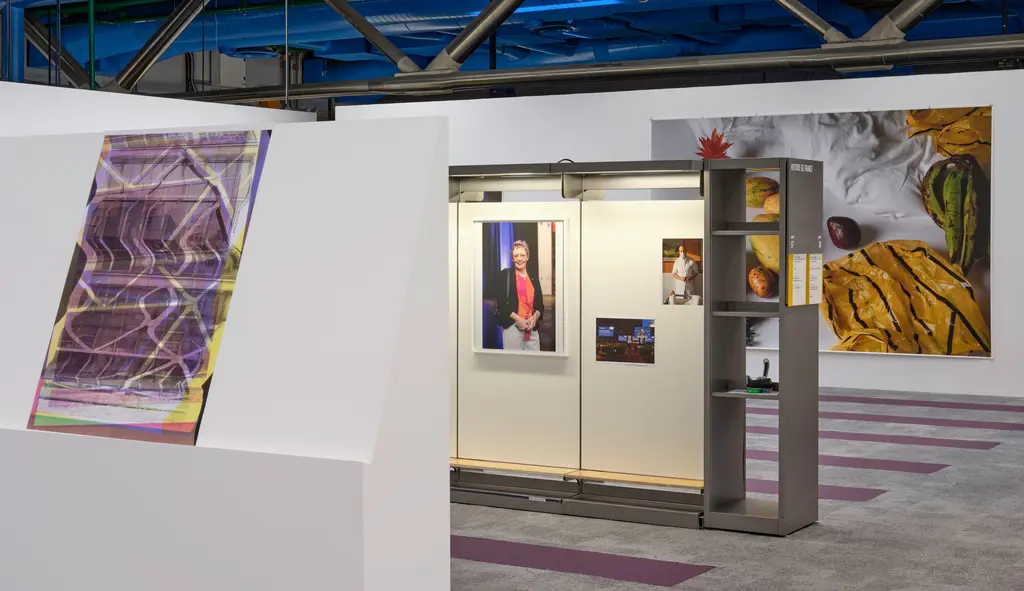
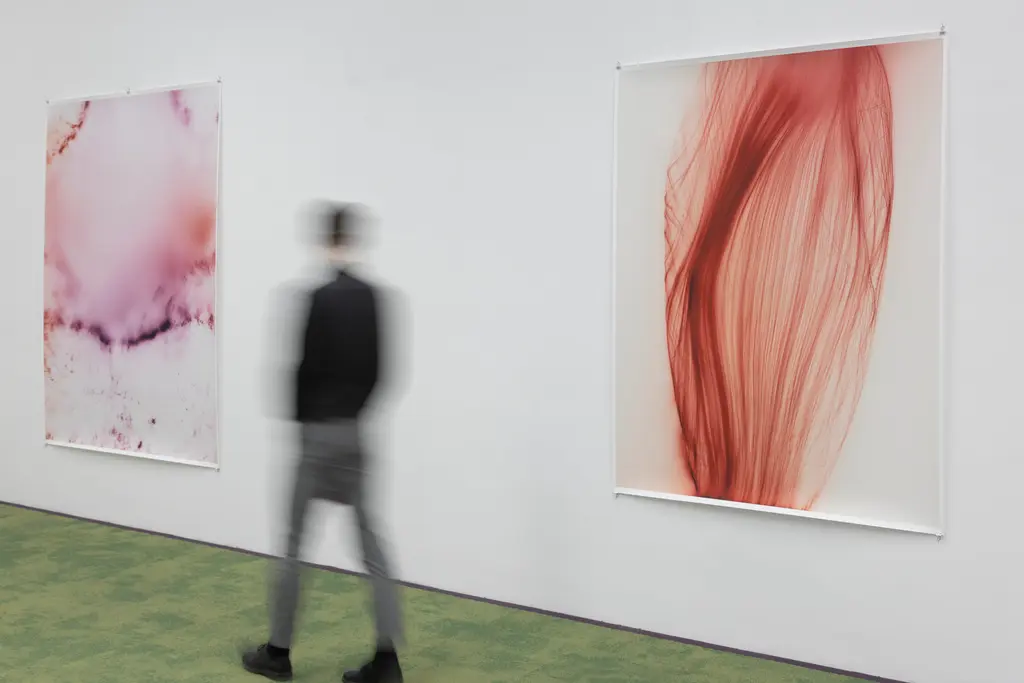
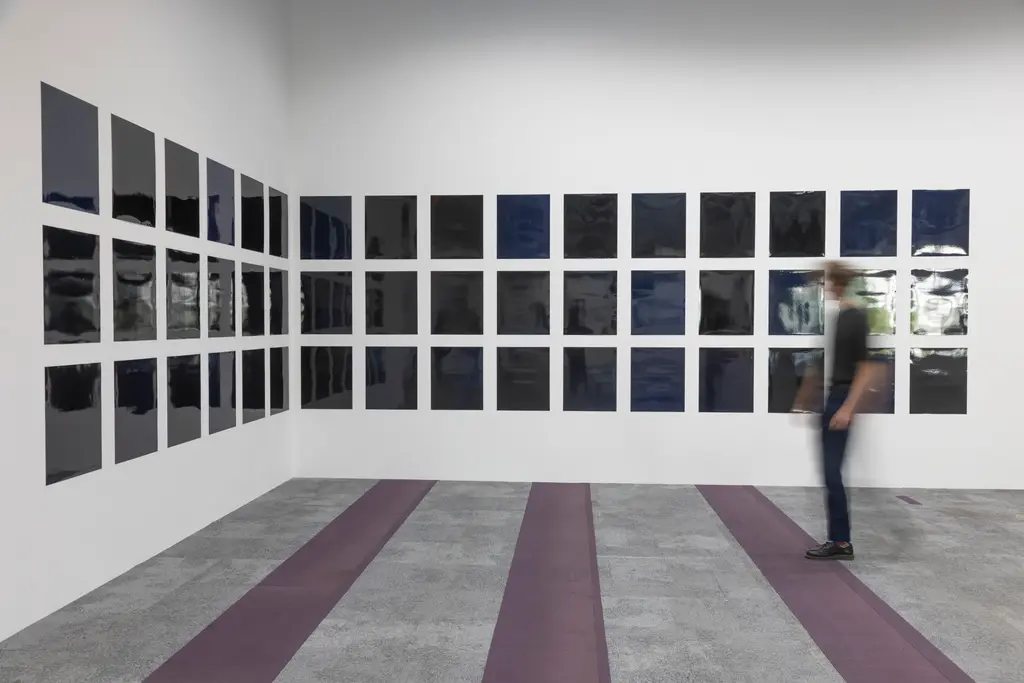
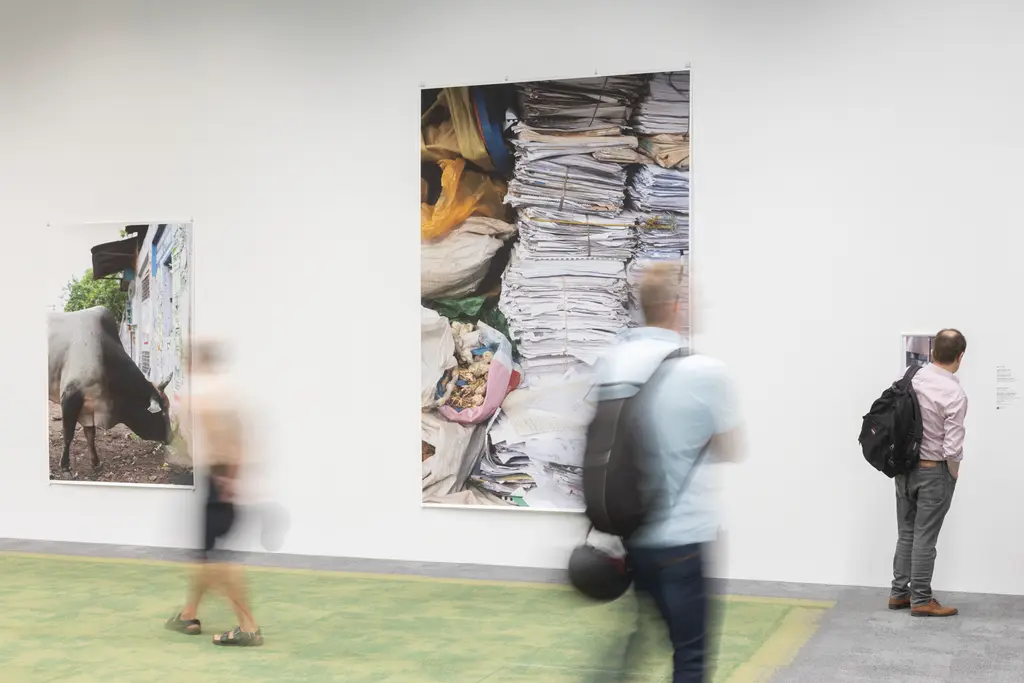
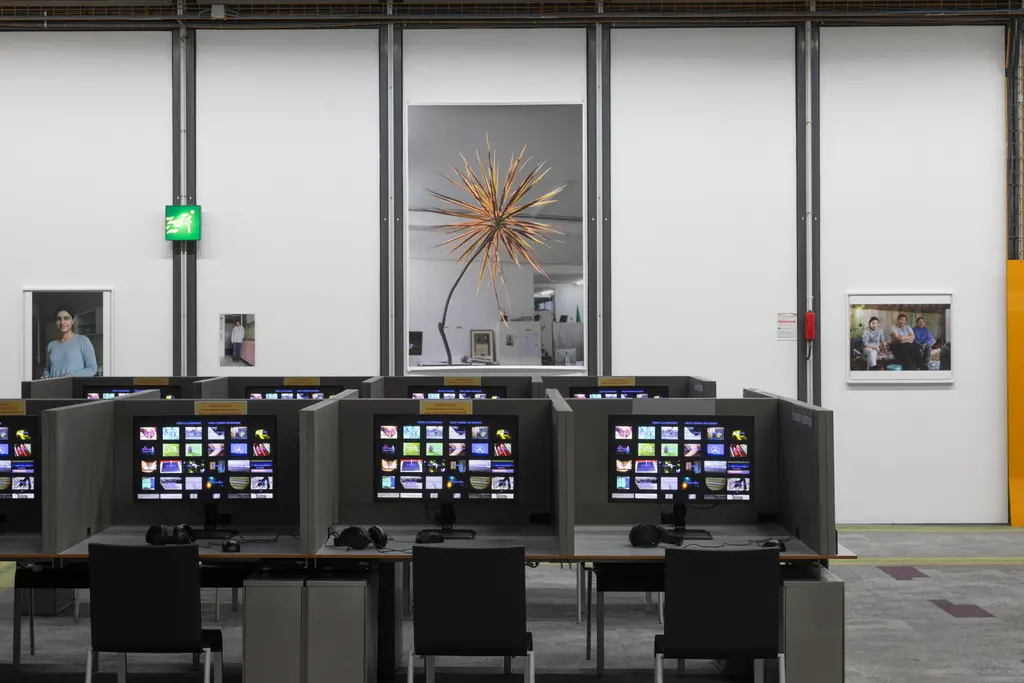
This exhibition includes a vast array of work: from a photo of an onion to a picture of a wall in Gaza to someone licking an ear. How did you come to be interested in so many things?
These are distinct choices here… I hope that that comes across: that it’s not that the onion is a stand-in for anything, but that everything that is in the show is actually there, shining with its own specificity. It’s the specificity that matters… [I take] pictures of night life and intimate portraits of friends, a few others do too. But what makes it distinguishable is the “how”.
Are you doing anything fun this summer? You go to Fire Island every year…
Yes. I mean, I hope I can get in [laughs] you know. I haven’t been to the US since the new…
… Regime.
… President. But yeah, no, I hope to have some good times there. There’s always a highlight, the Boffo Performance Festival, a great arts organisation. I’m not performing, but I always go.










